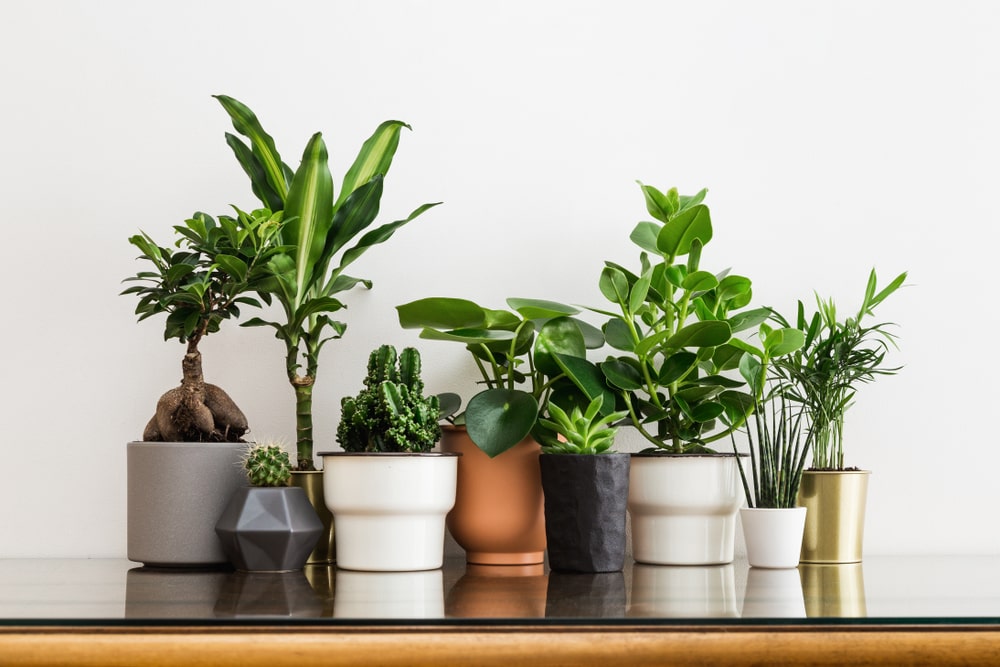
As cooler weather approaches here in the Mid-Atlantic, it’s time to bring your outdoor plants back inside for the winter. Houseplants like your fiddle-leaf fig or snake plants, which have thrived outside during the summer, must be gradually transitioned back indoors to avoid shock. To make this process smoother and less stressful, there are a few key steps you can take now that will save you time and effort later.
Watering houseplants in winter
As your plants adjust to indoor conditions with shorter days and dry, heated air, their water needs will change. Be sure to check the soil for dryness before watering. In a hot, dry home, you may need to water more frequently, while cooler, dimmer environments may cause plants to retain moisture longer. For most houseplants, it’s best to fertilize only during active growth periods to avoid overfeeding. Keep a close eye on their changing needs as they acclimate to their indoor environment.
Pests
Before bringing your plants inside, carefully check both the leaves and stems for signs of pests. Look for damage like chewed leaves, insect droppings, sticky residue, or webbing. Address any pest problems outside to prevent bringing them indoors. Here are some simple, effective remedies:
- Aphids, crickets, spiders, etc.: Spray with a strong stream of water to dislodge pests.
- Caterpillars and grasshoppers: Pick them off by hand.
- Snails and slugs: Use a flashlight to catch them at night and remove by hand.
- Soil-dwelling pests (ants, pillbugs, centipedes): Clean the root ball with a chlorine bleach solution (4 tbsp bleach per 1 gallon water) or submerge the root ball in water for 30+ minutes to drown insects.
- Mealybugs and scale: Remove pests with a cotton swab dipped in rubbing alcohol. Isolate the plant to monitor for re-infestation, and test a leaf before applying alcohol to avoid damage.
Diseases
For issues like powdery mildew, botrytis, and black spot, try insecticidal soap or a home remedy made by mixing 4 teaspoons of baking soda in a gallon of water with a few drops of dish soap. For tough fungal problems, use a fungicide labeled for indoor plants. Good light and air circulation can also help prevent fungus.
If you use a chemical treatment, make sure it’s for the right issue and follow the instructions. Using the wrong product can harm your plant and the environment, and overusing it can lead to resistance. If you’re unsure, bring a plant sample to one of our nurseries for help. Our experts will diagnose the problem and recommend the best solution.
Visit The Great Big Greenhouse for All Your Houseplant Needs!
Stop by The Great Big Greenhouse location in Richmond, VA for expert advice on transitioning your plants for the colder months. We offer a wide selection of indoor plants, pots, and plant care products to keep your greenery thriving all year long.

